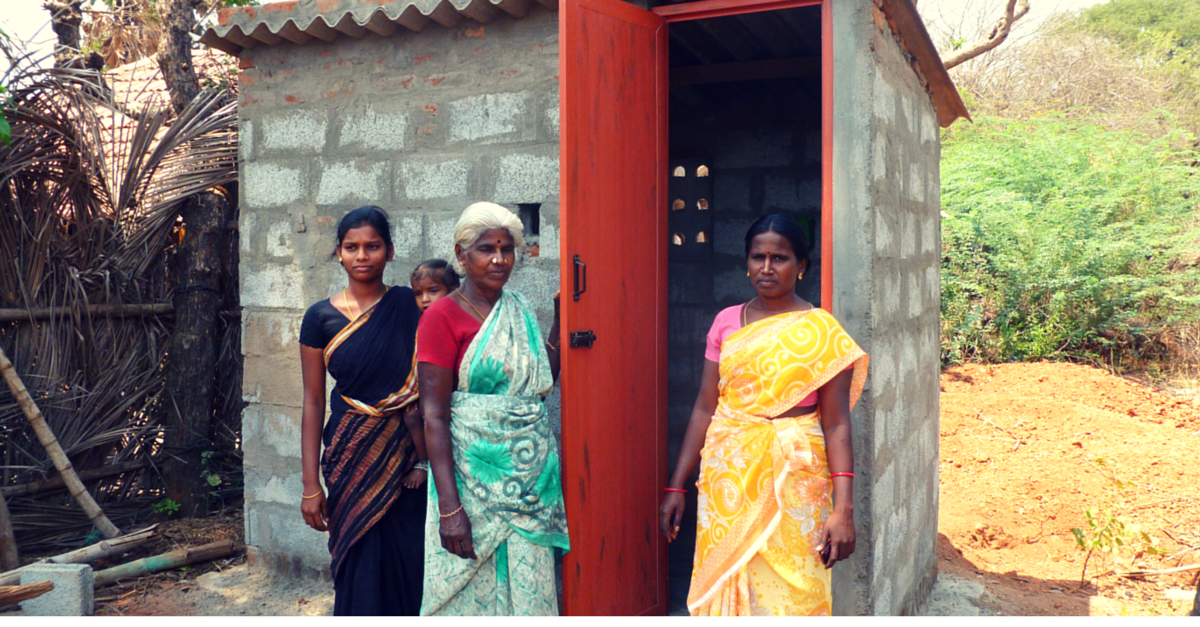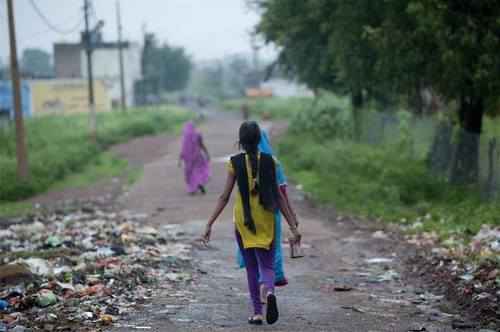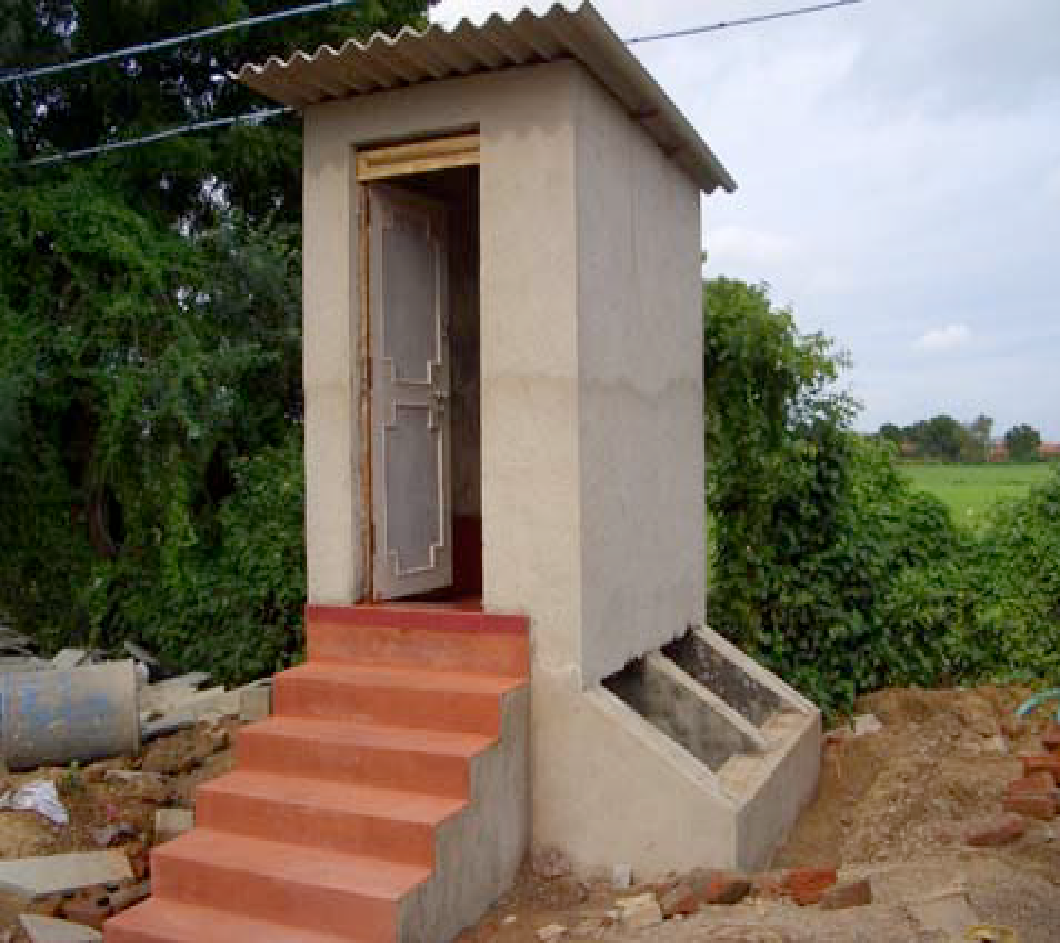Government Of India To Give Rs.4,000 To Every Household For Construction Of A Toilet
Half the funds will be released before the construction begins and the other half only after seeing photographs of under-construction toilets as proof. Know more about the scheme and how the government plans to eliminate open defecation by 2019.

Half the funds will be released before the construction begins and the other half only after seeing photographs of under-construction toilets as proof. Know more about the scheme and how the government plans to eliminate open defecation by 2019.
People in Lodhipur village of Uttar Pradesh, especially women, have grown used to holding their bladders. Waiting to relieve themselves in the fields when it is “dark enough”, protecting themselves from wild animals and even snakes, has become a routine.
“It is an even bigger issue for our girls during menstruation. We can’t afford to construct a personal toilet and there aren’t any public toilets in the village,” says Kusuma, a middle-aged woman from the village.
Phulsiri, an 82-year old lady, has slipped several times and hurt her back while on her way to the fields. And this is not just one particular village which faces such problems. India leads the world in open defecation with 636 million people lacking this basic requirement.
Phoyo: unicefindia.tumblr.com
The issue has grown so severe that PM Narendra Modi emphasised on the issue in his first Independence Day speech in 2014, and took a pledge to make India open-defecation free by 2019. He also stressed on the need of building toilets rather than temples.
To take the initiative forward, the Ministry of Urban Development has decided to give every household without a toilet Rs 4,000 to construct a toilet, with an additional incentive share from the state government under the Swachh Bharat Mission.
Photo: www.ruralhousingnetwork.in
The initiative will also focus on putting an end to manual scavenging.
The households will be identified and given Rs. 2,000 as the first installment after verification. The remaining Rs. 2,000 will be given after the photographs of under construction toilets are sent to the ministry as proof after personal authentication by the urban local body. Additionally, in Ludhiana where the initiative just kicked off, the state has decided to give Rs. 1,300 as additional incentive per household in this scheme.
Related Read: This eToilet Is Changing The Way Public Sanitation Works In India
The funds will be given to all the households without toilets in India, irrespective of their location. Even those who live in unauthorised colonies and notified or non-notified slums will be part of this scheme.
Modi, under a cleanliness drive launched in October last year, initiated the construction of latrines in Indian homes. As per government records, about 503,142 latrines have been built so far but lack of maintenance and awareness has not created much positive impact. Many villagers still prefer defecating in the open.
The ministry of drinking water and sanitation had also suggested that they will monitor the use of toilets in real time and more importance will be given to the use of the toilets than just their construction.
Photo: www.gangaaction.org
Out of the total cost of the Swachh Bharat Mission, which was estimated to be Rs.62,009 crore by the ministry, central assistance would be Rs.14,623 cr while the states/UTs would be required to contribute Rs.4,874 cr, and the rest of the funding will be managed through the private sector.
To make the efforts long term and more sustainable, 15 percent of the centre’s funds will be utilised for behavior change communication to sensitize urbanites about open defecation, proper use and maintenance of toilets, prevention of manual scavenging, hygiene practices etc., and related health and environmental consequences. Here’s how the government has been spreading awareness in rural India:
IN PHOTOS: The Silent Swachhata Revolution Led By Children In Over 1 Lakh Villages In India
Under this Mission, it is targeted to build one crore individual household toilets in addition to 2.52 crore community toilet seats. Over 30 crore urbanites are to be assisted with solid waste management practices.
With the newly launched scheme, the ministry of Urban Development is all set to successfully eliminate open defecation and manual scavenging from the country.
Like this story? Or have something to share? Write to us: [email protected], or connect with us on Facebook and Twitter (@thebetterindia).
This story made me
-
97
-
121
-
89
-
167
Tell Us More
If you found our story insightful, informative, or even just enjoyable, we invite you to consider making a voluntary payment to support the work we do at The Better India. Your contribution helps us continue producing quality content that educates, inspires, and drives positive change.
Choose one of the payment options below for your contribution-
By paying for the stories you value, you directly contribute to sustaining our efforts focused on making a difference in the world. Together, let's ensure that impactful stories continue to be told and shared, enriching lives and communities alike.
Thank you for your support. Here are some frequently asked questions you might find helpful to know why you are contributing?






















